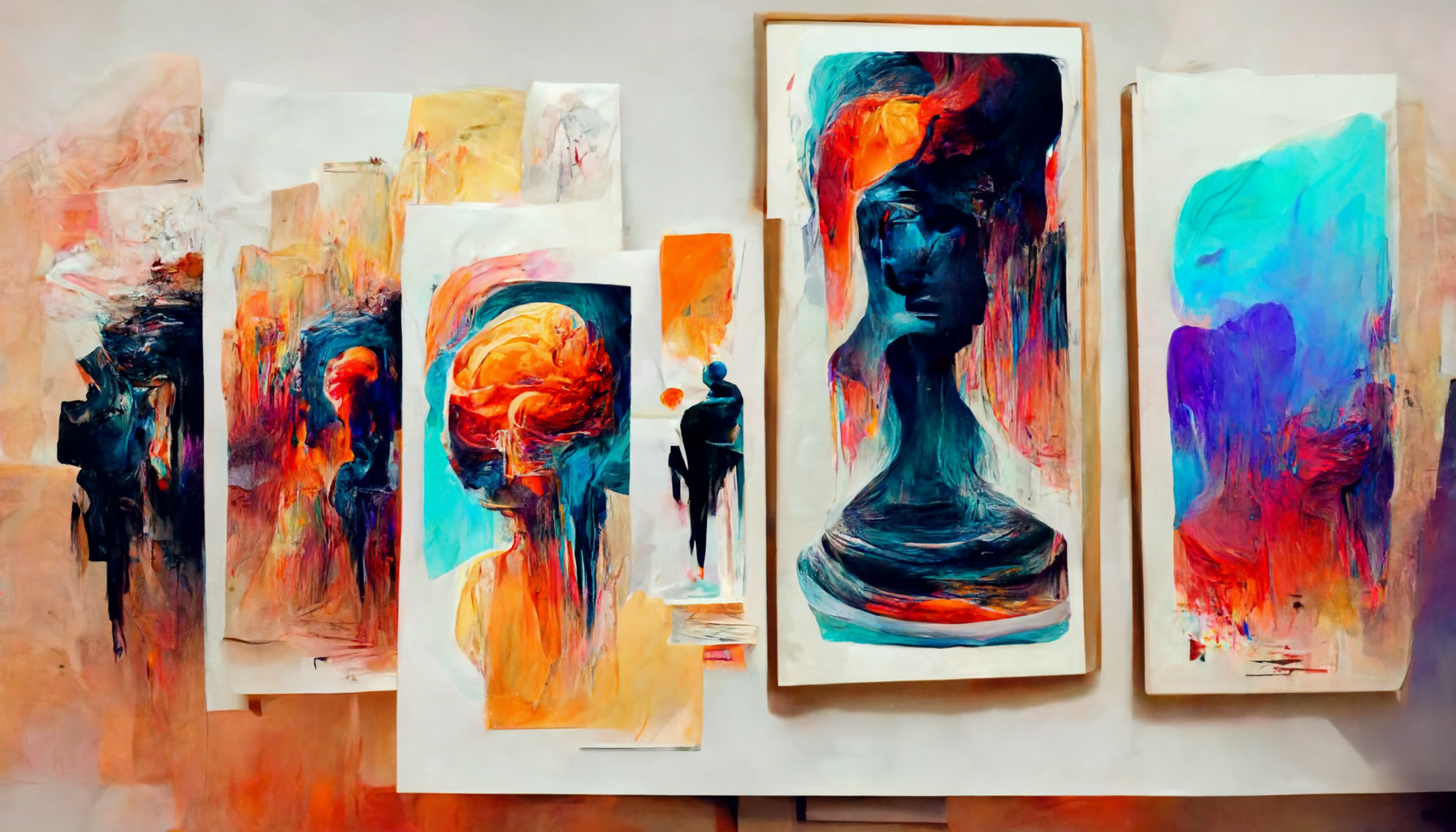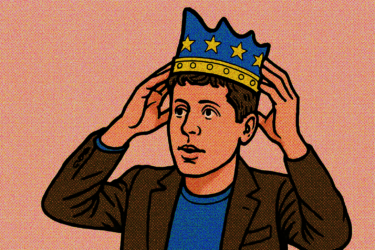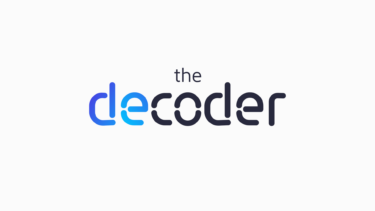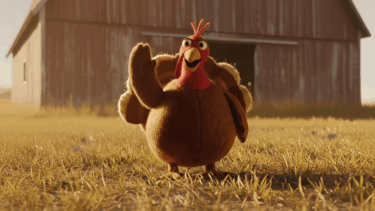The situation regarding rights of use and copyright for AI-generated images continues to escalate.
Images generated with AI tools are sold on the Internet. For example, if you search for "Midjourney" or "AI generated" on image platforms like Adobe Stock or Shutterstock, you will get thousands of matching hits. Some sellers state that it is an AI-generated image. Also on the micro job platform Fiverr, there are numerous people openly selling AI art as such - and probably many more placing AI works as their own.
AI images: It's complicated
This is not currently a violation: Shutterstock, for example, does not prohibit trading AI-generated images. And every paying customer of Midjourney owns all rights to the generated image, the company says. Accordingly, nothing stands in the way of selling it. Moreover, Fiverr only offers the service of creating an AI image, not the image itself.
The real problem with AI-generated motifs, however, is the legally unresolved issue of copyright. Systems such as Midjourney, Stable Diffusion, or DALL-E 2 are trained with images created by humans.
Even if these were freely available on the Internet: At the time this happened, the artists were probably unaware that their motifs could be used to train an AI that would one day make their own work less visible or even replace it.
Artists as AI inspiration
The copyright concerns with AI-generated images are particularly evident with motifs that are heavily influenced by the art of individual artists.
Gaming artist Greg Rutkowski, for example, unwillingly becomes an AI model: if you type "Greg Rutkowski" into a Midjourney prompt, you'll get a motif reminiscent or even resembling Rutkowski's style.
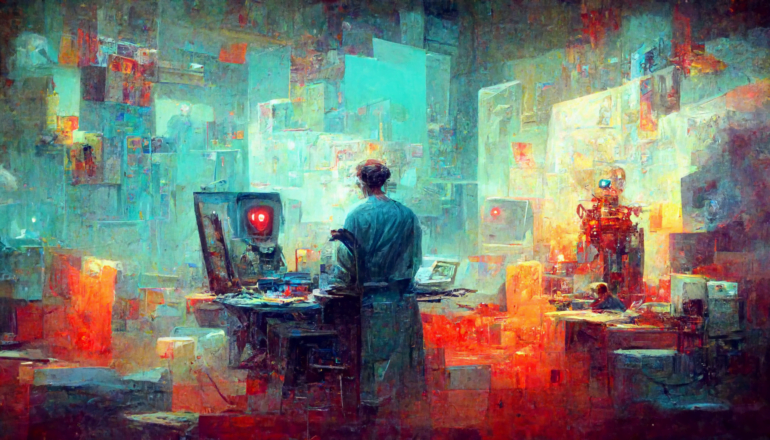
Rutkowski's images are viewable online on the art platform Artstation, which is how they became part of the training data. The artist tells Technology Review it's a "cool experiment," but at the same time admits that for him and other artists, it's "starting to look like a threat to our careers."
Searching image prompts in the Stable Diffusion image database Lexica for Rutkowski currently yields more than 90,000 hits.
"It’s been just a month. What about in a year? I probably won’t be able to find my work out there because [the internet] will be flooded with AI art," Rutkowski says, calling this outlook "concerning."
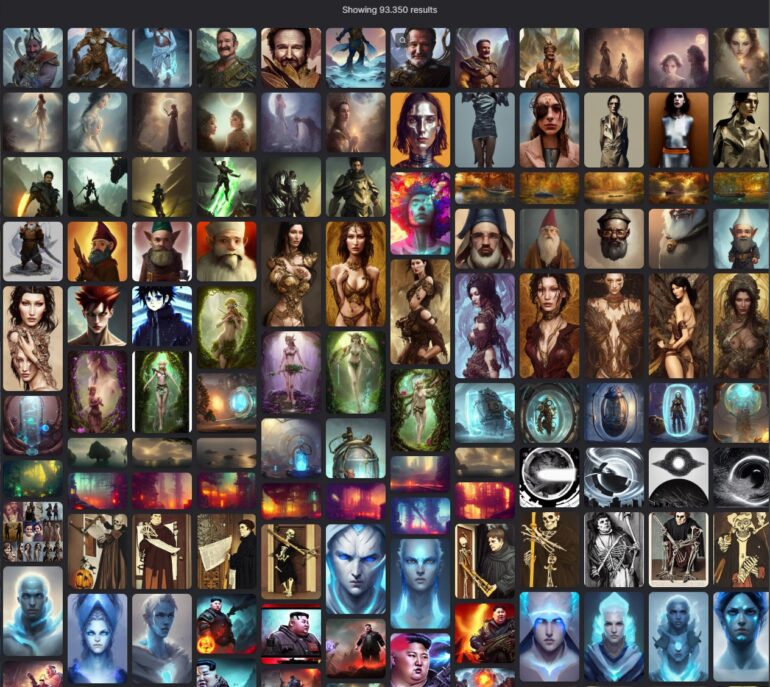
On the "Have I been trained" website, artists can browse about 5.8 billion images that have been used to train Midjourney and Stable Diffusion. The images come from the open-source LAION-5B image dataset.
Tom Mason, the CTO of "Stability.ai," the startup behind Stable Diffusion, says artists who don't want to leave their art for AI training should turn to German company LAION. The company assembles AI training datasets and trains its own models with funding from Stability.ai. LAION developed the aforementioned 5B image dataset that was used to train Midjourney and Stable Diffusion.
AI art in court: who judges when, where, and how?
It should only be a matter of time before AI art copyright cases end up in court. But the hearings could drag on for a long time because the issue is so complex and far-reaching. They may also have to be fought out in numerous courts until they gain international acceptance. In the meantime, what will happen to artists, especially if AI generators continue to develop and spread so rapidly?
An important building block could be how the large online stock, image, and job platforms and the providers of AI image generators position themselves. Are they in solidarity with the art and design industry and accommodating it, e.g., through alternative licensing models?
The first online art platforms have already taken a stand and banned AI art. But there is no alternative for them; after all, this is how they protect their clientele and thus their business model. Artists could also start to publish their images only against payment and remove them from the training datasets as best they can.
However, the media revolution set in motion by AI generators is here to stay. If synthetic media continues to evolve as rapidly as it has recently - generative models for 3D, audio, and video are waiting in the wings - and are in the hands of many people thanks to open-source initiatives like Stable Diffusion, bans will fizzle out ineffectively. AI-generated media will become - or perhaps already are - an integral part of our society.
